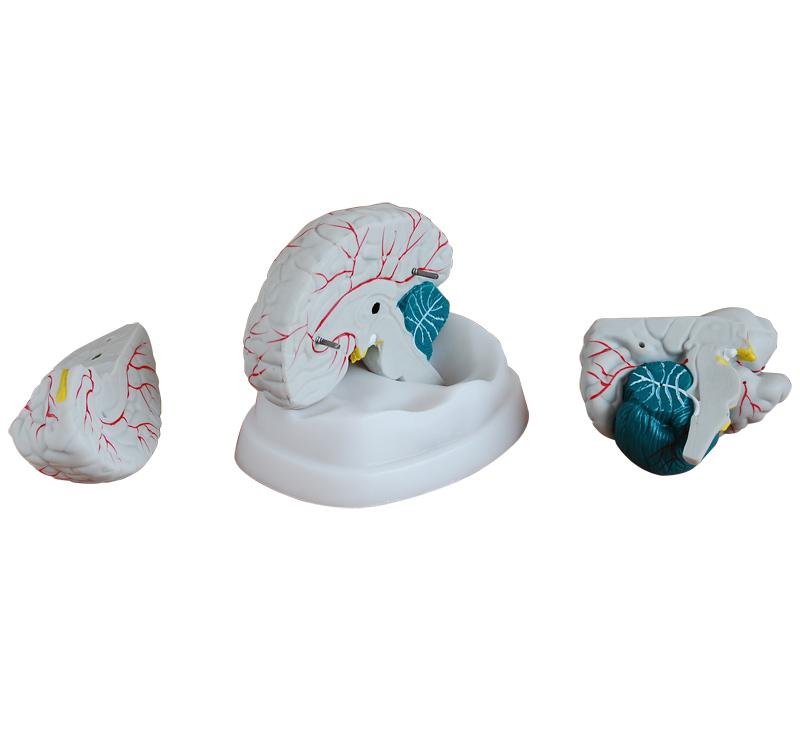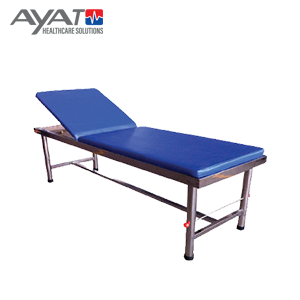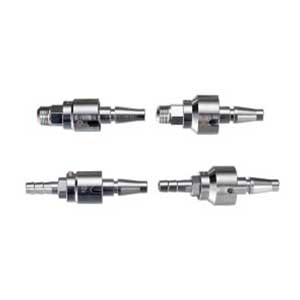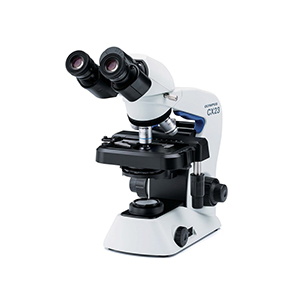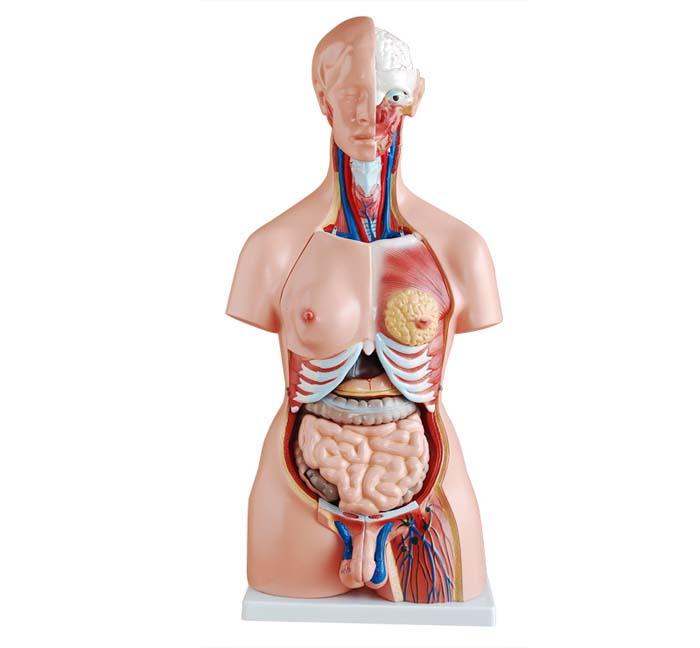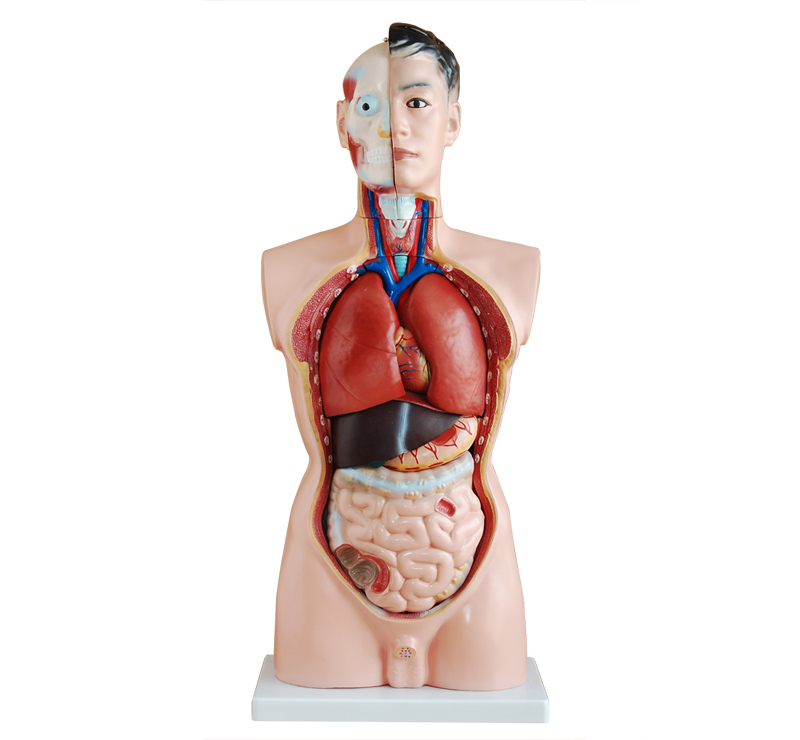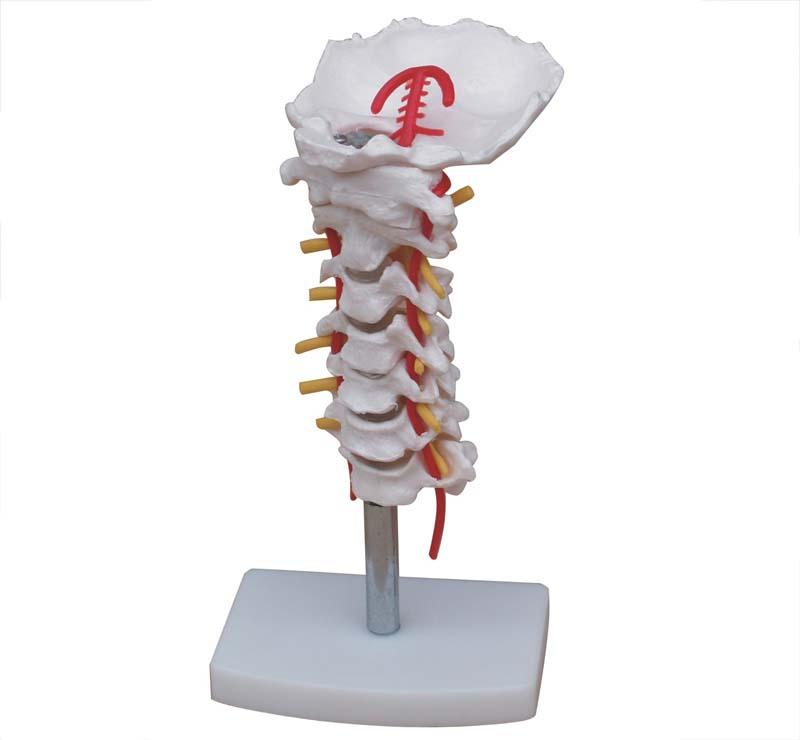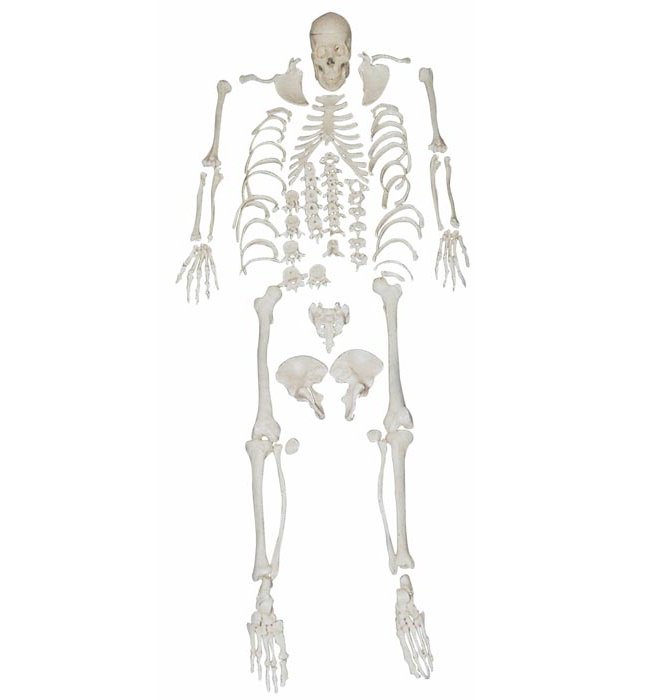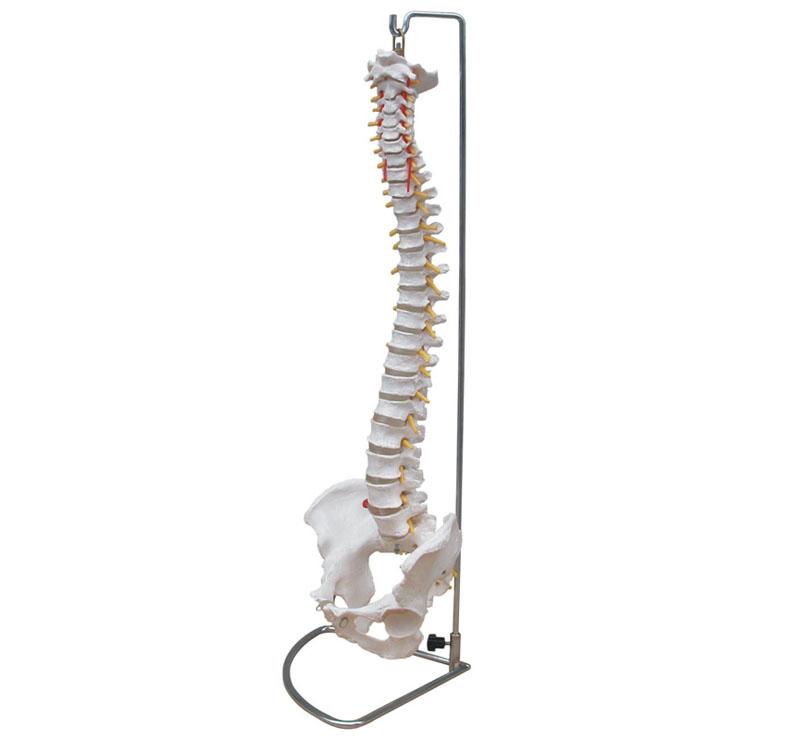

Vertebral Column with Pelvis
Inhouse product
-
New Style Brain Model
৳10.00 -
Patient Examination bed Model AHS-111
৳4,500.00 -
Line Valve, KITZ-Japan
৳3,499.00 -
Oxygen ,AIR, Vac Probe
৳1,500.00 -
Olympus Microscope CX23 LED
৳165,000.00
- Product Name: Life-Size Vertebral Column with Pelvis
- Product No: XC-105
- Material: PVC
Note: we have attached all vertebral column ,if need details please download pdf file .
Description:
This model shows all significant features of each vertebra, including spinal cord, nerve roots, the vertebral artery, a herniated disc and vertebral notch etc. Special features include: flexible 29" tall vertebral column complete with pelvis, sacrum, occipital bone, vertebral artery, all nerve branches and herniated lumbar disc. Deluxe chrome stands 34" high.
Packing: 2pcs/carton, 80x32x39cm, 9kgs
The human spine is an essential part of our body that provides support, protection, and flexibility. It consists of 33 individual vertebrae, each separated by intervertebral discs that act as shock absorbers. The vertebral column also includes the sacrum and coccyx, which form the pelvis.
Understanding the anatomy of the vertebral column and pelvis is crucial for medical professionals such as doctors, physical therapists, and chiropractors. It is also important for educators teaching anatomy and physiology to students. The "Vertebral Column with Pelvis" model is a valuable tool that accurately depicts the structure of the spine and pelvis.
The model is often used in medical schools, hospitals, and clinics to teach students and healthcare professionals about the different regions of the spine, their functions, and the intervertebral discs that provide cushioning between the vertebrae. It is also used to demonstrate the different curves of the spine, such as the cervical, thoracic, and lumbar curves, which are important for maintaining balance and stability.
The "Vertebral Column with Pelvis" model is typically made from materials such as plastic or resin, which are durable and easy to clean. The model is designed to be anatomically accurate, with each vertebra and intervertebral disc in the correct position and proportion. The model also includes the sacrum and coccyx, which are part of the pelvis.
In addition to being used for educational purposes, the "Vertebral Column with Pelvis" model is also used in clinical settings to diagnose and treat conditions related to the spine and pelvis. For example, it can be used to identify the location of spinal cord injuries or herniated discs. It can also be used to demonstrate proper posture and body mechanics, which can help prevent back pain and other spinal disorders.
When examining the model, it is important to understand the different regions of the spine and their associated functions. The cervical spine, which is located in the neck, is responsible for supporting the head and allowing for movement in multiple directions. The thoracic spine, which is located in the upper back, provides stability for the ribcage and protects the internal organs. The lumbar spine, which is located in the lower back, is responsible for supporting the body's weight and allowing for movement in multiple directions.
The intervertebral discs that separate each vertebra act as shock absorbers and help prevent the vertebrae from rubbing against each other. The discs are composed of a tough outer layer called the annulus fibrosus and a soft inner layer called the nucleus pulposus. When a disc herniates, the inner layer can push through the outer layer, causing pain and inflammation.
The sacrum and coccyx are part of the pelvis, which is responsible for supporting the weight of the upper body and providing attachment points for muscles and ligaments. The pelvis is also important for childbirth, as the baby must pass through the pelvic opening during delivery.
In conclusion, the "Vertebral Column with Pelvis" model is an essential tool for medical professionals and educators in teaching and understanding the anatomy of the human spine and pelvis. Its accurate depiction of the different regions of the spine and their associated functions makes it a valuable resource in diagnosing and treating spinal conditions, as well as preventing them through proper posture and body mechanics.
